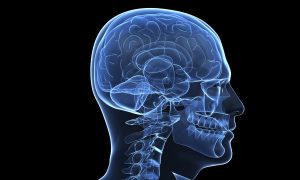 Researchers have found that the brains of highly creative people have more connections when compared to the brains of less creative thinkers. The researchers also found that the highly-creative brains were better able to fire up these regions in coordinated way. The study was published in the journal Proceedings of the National Academy of Sciences.
Researchers have found that the brains of highly creative people have more connections when compared to the brains of less creative thinkers. The researchers also found that the highly-creative brains were better able to fire up these regions in coordinated way. The study was published in the journal Proceedings of the National Academy of Sciences.
The additional connections were concentrated among three specific regions of the brain. One was the default network, which prompts spontaneous thinking and imagination. Another was the salience network, which is used in deciphering and prioritizing environmental clues. The third region was the executive control network, which helps with cognitive control functions and evaluation in complex mental tasks.
The researchers used functional magnetic resonance imaging (fMRI) to scan the brains of roughly 160 study participants recruited from the University of North Carolina–Greensboro and the surrounding community. The participants were asked to note their creative achievements and how creative they are in their daily lives. The participants also were asked to perform a creative-thinking task called divergent thinking with their heads inside the scanner.
Performing the divergent-thinking task activated the three different networks in the brain simultaneously. Better performance in the divergent-thinking task correlated with greater interconnectedness and synchronization of these three networks. Lead study author Roger Beaty said, “You have these three different systems that are all located in different parts of the brain, but they are all co-activated at once. People who are better able to co-activate them [came] up with more-creative responses.”
After establishing the differences between more creative and less creative brains, the researchers then attempted to see if they could use brain activity as a predictor of creative performance. Their findings backed up their expectations. Finding a reliable way to stimulate creativity may be possible, based on the findings. The researchers are now planning to study specific areas of creativity for similar patterns of brain activity. They also want to see if practicing certain skills can change the brain activity.
